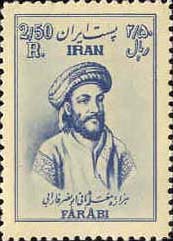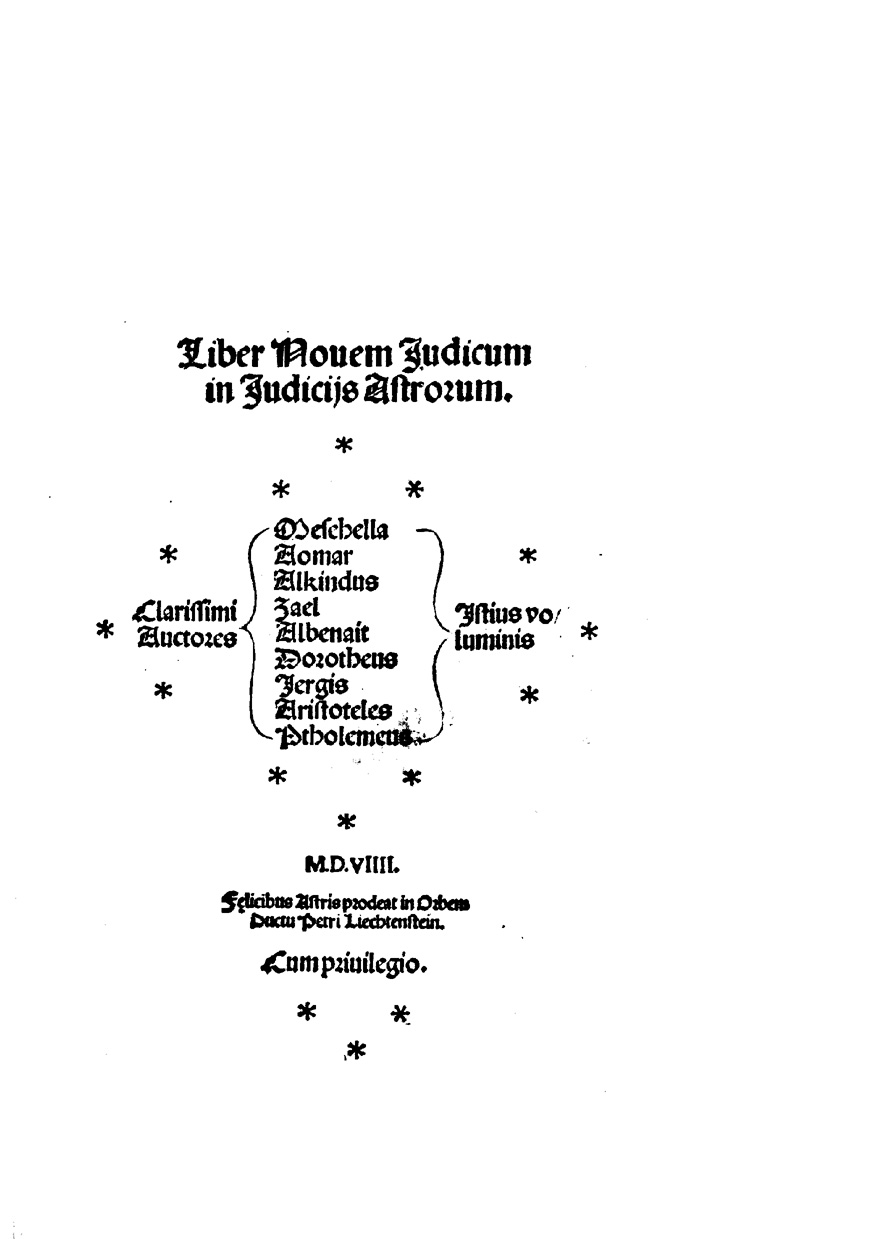|
Arabic Music
Arabic music or Arab music ( ar, الموسيقى العربية, al-mūsīqā al-ʿArabīyyah) is the music of the Arab world with all its diverse music styles and genres. Arabic countries have many rich and varied styles of music and also many linguistic dialects, with each country and region having their own traditional music. Arabic music has a long history of interaction with many other regional musical styles and genres. It represents the music of all the peoples that make up the Arab world today, all the 22 states. History Pre-Islamic period (Arabian Peninsula) Pre-Islamic Arabia was the cradle of many intellectual achievements, including music, musical theory and the development of musical instruments. In Yemen, the main center of pre-Islamic Arab sciences, literature and arts, musicians benefited from the patronage of the Kings of Sabaʾ who encouraged the development of music. [...More Info...] [...Related Items...] OR: [Wikipedia] [Google] [Baidu] |
Arabic Poetry
Arabic poetry ( ar, الشعر العربي ''ash-shi‘ru al-‘Arabīyyu'') is the earliest form of Arabic literature. Present knowledge of poetry in Arabic dates from the 6th century, but oral poetry is believed to predate that. Arabic poetry is categorized into two main types, rhymed or measured, and prose, with the former greatly preceding the latter. The rhymed poetry falls within fifteen different meters collected and explained by al-Farahidi in ''The Science of ‘ Arud''. Al-Akhfash, a student of al-Farahidi, later added one more meter to make them sixteen. The meters of the rhythmical poetry are known in Arabic as "seas" (''buḥūr''). The measuring unit of seas is known as "''taf‘īlah''," and every sea contains a certain number of taf'ilas which the poet has to observe in every verse (''bayt'') of the poem. The measuring procedure of a poem is very rigorous. Sometimes adding or removing a consonant or a vowel can shift the ''bayt'' from one meter to another. Also, in ... [...More Info...] [...Related Items...] OR: [Wikipedia] [Google] [Baidu] |
Al-Farabi
Abu Nasr Muhammad Al-Farabi ( fa, ابونصر محمد فارابی), ( ar, أبو نصر محمد الفارابي), known in the West as Alpharabius; (c. 872 – between 14 December, 950 and 12 January, 951)PDF version was a renowned early Islamic philosopher and jurist who wrote in the fields of political philosophy, metaphysics, ethics and logic. He was also a scientist, cosmologist, mathematician and music theorist.Ludwig W. Adamec (2009), ''Historical Dictionary of Islam'', pp.95–96. Scarecrow Press. . In Islamic philosophical tradition he was often called "the Second Teacher", following Aristotle who was known as "the First Teacher". He is credited with preserving the original Greek texts during the Middle Ages via his commentaries and treatises, and influencing many prominent philosophers, such as Avicenna and Maimonides. Through his works, he became well-known in the West as well as the East. Biography The existing variations in the basic accounts of ... [...More Info...] [...Related Items...] OR: [Wikipedia] [Google] [Baidu] |
Al-Kindi
Abū Yūsuf Yaʻqūb ibn ʼIsḥāq aṣ-Ṣabbāḥ al-Kindī (; ar, أبو يوسف يعقوب بن إسحاق الصبّاح الكندي; la, Alkindus; c. 801–873 AD) was an Arab Muslim philosopher, polymath, mathematician, physician and music theorist. Al-Kindi was the first of the Islamic peripatetic philosophers, and is hailed as the "father of Arab philosophy". Al-Kindi was born in Kufa and educated in Baghdad. He became a prominent figure in the House of Wisdom, and a number of Abbasid Caliphs appointed him to oversee the translation of Greek scientific and philosophical texts into the Arabic language. This contact with "the philosophy of the ancients" (as Hellenistic philosophy was often referred to by Muslim scholars) had a profound effect on him, as he synthesized, adapted and promoted Hellenistic and Peripatetic philosophy in the Muslim world. He subsequently wrote hundreds of original treatises of his own on a range of subjects ranging from metaphysics, et ... [...More Info...] [...Related Items...] OR: [Wikipedia] [Google] [Baidu] |
Rhythm
Rhythm (from Greek , ''rhythmos'', "any regular recurring motion, symmetry") generally means a " movement marked by the regulated succession of strong and weak elements, or of opposite or different conditions". This general meaning of regular recurrence or pattern in time can apply to a wide variety of cyclical natural phenomena having a periodicity or frequency of anything from microseconds to several seconds (as with the riff in a rock music song); to several minutes or hours, or, at the most extreme, even over many years. Rhythm is related to and distinguished from pulse, meter, and beats: In the performance arts, rhythm is the timing of events on a human scale; of musical sounds and silences that occur over time, of the steps of a dance, or the meter of spoken language and poetry. In some performing arts, such as hip hop music, the rhythmic delivery of the lyrics is one of the most important elements of the style. Rhythm may also refer to visual presentation, as "time ... [...More Info...] [...Related Items...] OR: [Wikipedia] [Google] [Baidu] |
Musical Instruments
A musical instrument is a device created or adapted to make musical sounds. In principle, any object that produces sound can be considered a musical instrument—it is through purpose that the object becomes a musical instrument. A person who plays a musical instrument is known as an instrumentalist. The history of musical instruments dates to the beginnings of human culture. Early musical instruments may have been used for rituals, such as a horn to signal success on the hunt, or a drum in a religious ceremony. Cultures eventually developed composition and performance of melodies for entertainment. Musical instruments evolved in step with changing applications and technologies. The date and origin of the first device considered a musical instrument is disputed. The oldest object that some scholars refer to as a musical instrument, a simple flute, dates back as far as 50,000 - 60,000 years. Some consensus dates early flutes to about 40,000 years ago. However, most historians ... [...More Info...] [...Related Items...] OR: [Wikipedia] [Google] [Baidu] |
Vocal Music
Vocal music is a type of singing performed by one or more singers, either with instrumental accompaniment, or without instrumental accompaniment (a cappella), in which singing provides the main focus of the piece. Music which employs singing but does not feature it prominently is generally considered to be instrumental music (e.g. the wordless women's choir in the final movement of Holst's symphonic work '' The Planets'') as is music without singing. Music without any non-vocal instrumental accompaniment is referred to as ''a cappella''. Vocal music typically features sung words called lyrics, although there are notable examples of vocal music that are performed using non-linguistic syllables, sounds, or noises, sometimes as musical onomatopoeia, such as jazz scat singing. A short piece of vocal music with lyrics is broadly termed a song, although in different styles of music, it may be called an aria or hymn. Vocal music often has a sequence of sustained pitches that rise and f ... [...More Info...] [...Related Items...] OR: [Wikipedia] [Google] [Baidu] |
Musical Improvisation
Musical improvisation (also known as musical extemporization) is the creative activity of immediate ("in the moment") musical composition, which combines performance with communication of emotions and instrumental technique as well as spontaneous response to other musicians. Sometimes musical ideas in improvisation are spontaneous, but may be based on chord changes in classical music and many other kinds of music. One definition is a "performance given extempore without planning or preparation". Another definition is to "play or sing (music) extemporaneously, by inventing variations on a melody or creating new melodies, rhythms and harmonies". ''Encyclopædia Britannica'' defines it as "the extemporaneous composition or free performance of a musical passage, usually in a manner conforming to certain stylistic norms but unfettered by the prescriptive features of a specific musical text." Improvisation is often done within (or based on) a pre-existing harmonic framework or chord pro ... [...More Info...] [...Related Items...] OR: [Wikipedia] [Google] [Baidu] |
Musical Composition
Musical composition can refer to an original piece or work of music, either vocal or instrumental, the structure of a musical piece or to the process of creating or writing a new piece of music. People who create new compositions are called composers. Composers of primarily songs are usually called songwriters; with songs, the person who writes lyrics for a song is the lyricist. In many cultures, including Western classical music, the act of composing typically includes the creation of music notation, such as a sheet music "score," which is then performed by the composer or by other musicians. In popular music and traditional music, songwriting may involve the creation of a basic outline of the song, called the lead sheet, which sets out the melody, lyrics and chord progression. In classical music, orchestration (choosing the instruments of a large music ensemble such as an orchestra which will play the different parts of music, such as the melody, accompaniment, counter ... [...More Info...] [...Related Items...] OR: [Wikipedia] [Google] [Baidu] |
Arabic Maqam
Arabic maqam ( ar, مقام, maqām, literally "rank"; ') is the system of melodic modes used in traditional Arabic music, which is mainly melodic. The word ''maqam'' in Arabic means place, location or position. The Arabic ''maqam'' is a melody type. It is "a technique of improvisation" that defines the pitches, patterns, and development of a piece of music and is "unique to Arabian art music". There are 72 heptatonic tone rows or scales of maqamat. These are constructed from major, neutral, and minor seconds. Each ''maqam'' is built on a scale, and carries a tradition that defines its habitual phrases, important notes, melodic development and modulation. Both compositions and improvisations in traditional Arabic music are based on the ''maqam'' system. ''Maqamat'' can be realized with either vocal or instrumental music, and do not include a rhythmic component. An essential factor in performance is that each maqam describes the "tonal-spatial factor" or set of musical n ... [...More Info...] [...Related Items...] OR: [Wikipedia] [Google] [Baidu] |
Poetic Metre
In poetry, metre ( Commonwealth spelling) or meter (American spelling; see spelling differences) is the basic rhythmic structure of a verse or lines in verse. Many traditional verse forms prescribe a specific verse metre, or a certain set of metres alternating in a particular order. The study and the actual use of metres and forms of versification are both known as prosody. (Within linguistics, " prosody" is used in a more general sense that includes not only poetic metre but also the rhythmic aspects of prose, whether formal or informal, that vary from language to language, and sometimes between poetic traditions.) Characteristics An assortment of features can be identified when classifying poetry and its metre. Qualitative versus quantitative metre The metre of most poetry of the Western world and elsewhere is based on patterns of syllables of particular types. The familiar type of metre in English-language poetry is called qualitative metre, with stressed syllables comin ... [...More Info...] [...Related Items...] OR: [Wikipedia] [Google] [Baidu] |






.jpg)
